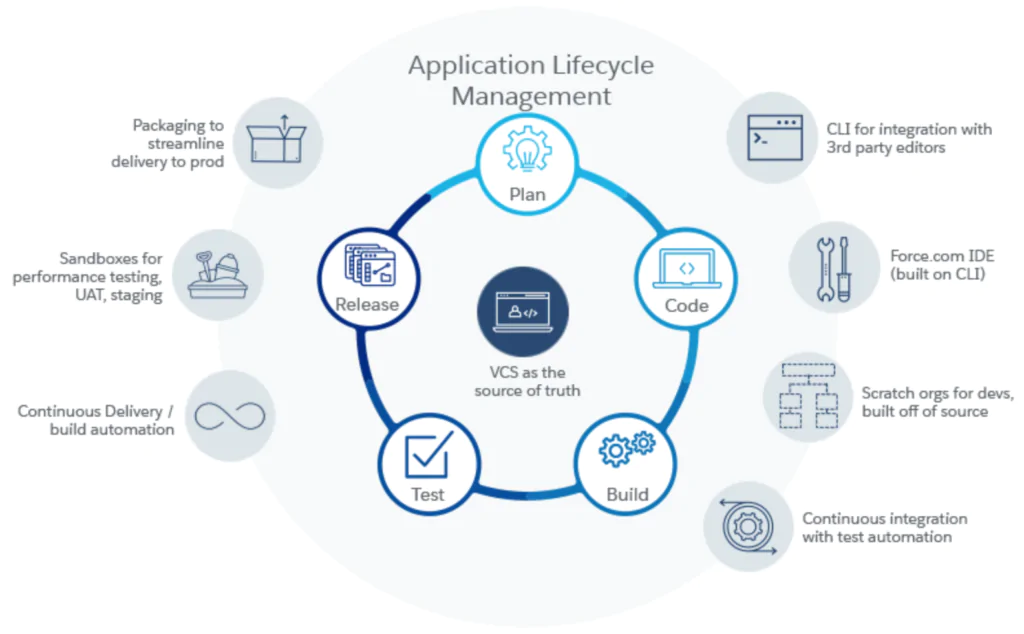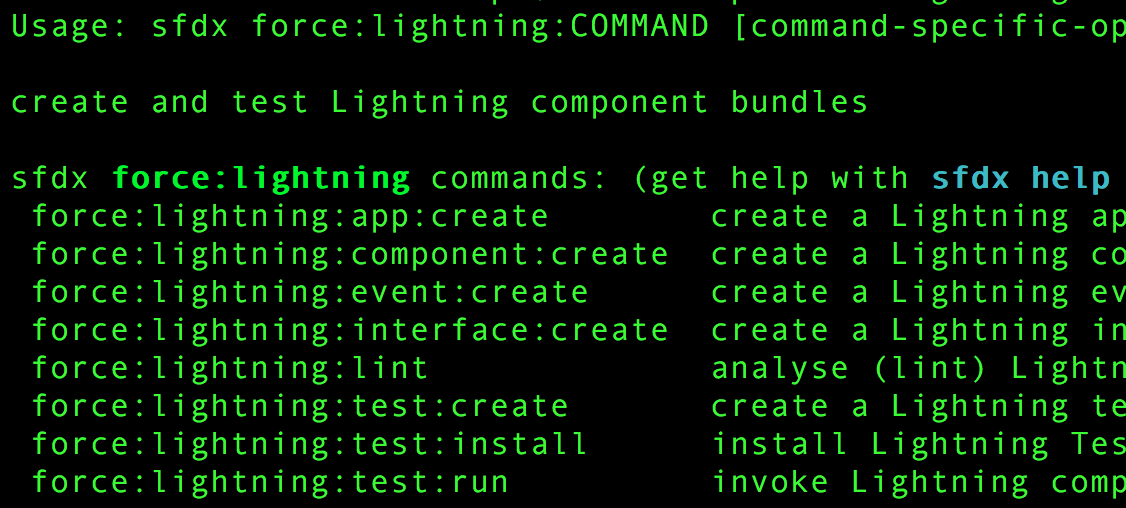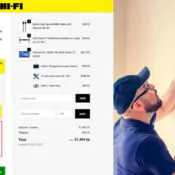During Dreamforce ‘16, Salesforce shared a vision of a new, modern approach to developing on the force.com platform – Salesforce DX. Dreamforce ’17 also had quite a few exciting sessions about Salesforce DX, which is generally available starting Winter ’18! This article provides a high level overview of the topic and references to follow along. Here at ProQuest, we are very excited to use Salesforce DX. We have been using AutoRabit to manage our DevOps which complements Salesforce DX.
With a focus on source-driven development, Salesforce DX makes it easier for developers to build together and deliver continuously using the tools that make them most productive.

Why Salesforce DX?
The Salesforce development process usually involves several developers as they need to collaborate with one another. They need to shift the source of truth from Salesforce org to Version Control Systems to track the changes made by multiple developers. It facilitates source-driven development, DevOps culture, Continuous integration, and devising industry standard tools.
To implement such best practices and and suit them together at one place Salesforce expected to think of a standard tool that:
- Integrates with source control systems
- Helps different individuals work together utilising source control
- Decomposes Salesforce metadata
- Drives Continuous Integration
Salesforce’s advancement process normally includes a few designers, and they have to team up with each other. They have to move the wellspring of truth from Salesforce organisation to Version Control Systems to track the progressions made by numerous designers. It encourages source-driven advancement, DevOps culture, Continuous mix, and conceiving industry standard instruments.
What is Salesforce DX?
Salesforce DX is a new set of tools that streamlines the entire development lifecycle. It’s a new development paradigm that shifts the source of truth from the org to your version control system (VCS). It shifts your development focus from org-based development to artifacts-based development.
It improves team development and collaboration, facilitates automated testing and continuous integration, and makes the release cycle more efficient and agile.
Salesforce DX provides:
- Improved version control system (VCS) synchronization through change-tracking of Setup features
- The ability to improve quality and time to market through continuous integration (CI) and continuous delivery (CD)
- More fine-grained visibility and clarity into the change management of your production org
- The ability to implement more agile release management processes
Below are some of the key features of Salesforce DX:
- Scratch Orgs: Use scratch orgs during development and with CI tools.
- Source Sync: Sync all packageable source/metadata into and out of scratch orgs.
- Salesforce CLI: Use the Salesforce CLI to interact with scratch orgs, source sync, Heroku,
and Salesforce other services.
- Test Runner: The ability to define test profiles to be executed by developers (i.e.
interactively invoked via CLI) and CI processes.
- Continuous Integration: The ability to use SFDX innovations with any CI process (i.e.
TeamCity, Jenkins, Travis CI, or Heroku CI).
- Force.com IDE: The ability to use the new Force.com IDE.
How?
So if you are wondering - what is the best place to get started? Yep, you guessed it – Trailhead! Following this trail will guide you in your journey of leveraging SalesforceDX.
References: https://resources.docs.salesforce.com/210/latest/en-us/sfdc/pdf/sfdx_dev.pdf https://developer.salesforce.com/platform/dx https://developer.salesforce.com/blogs/2017/10/salesforce-dx-is-now-generally-available.html https://developer.salesforce.com/promotions/orgs/dx-signup












